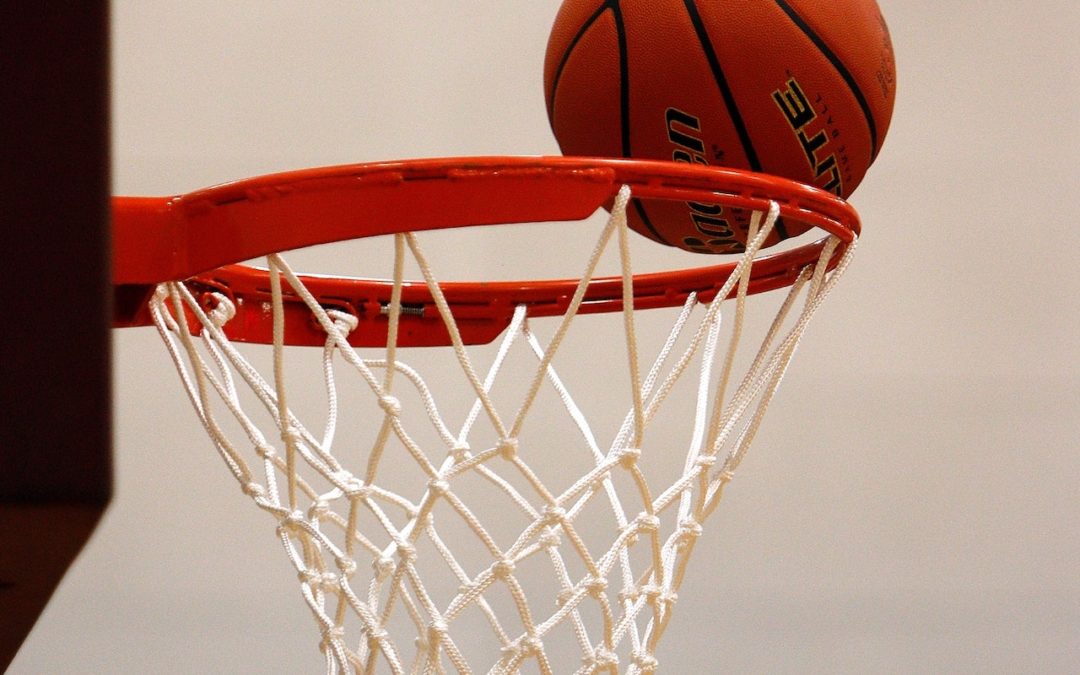Money is a big motivator in college sports. Whether it’s paying celebrity coach salaries, spending hundreds of millions on athletic facilities, or giving scholarships that can be worth up to $500,000 over four years, schools are willing to spend whatever it takes to win. But which colleges make the most money from their competitive sports programs? We’ll explore how much they are spending and what kind of return they are getting on their investment.
Which College Sports Make the Most Money?
Just a few college sports generate the majority of revenue for schools. Football and men’s basketball are typically at the top of the list, followed by women’s basketball, baseball, and men’s hockey. These sports generate the biggest income because they are the most popular with fans and alumni. Football and men’s basketball games are usually broadcast on television, which brings in additional revenue through advertising and licensing fees.
It’s been reported that college football brings in nearly $32 million per school each year. That is more than the amount of money the next 35 most popular sports make put together.
Which Universities Spend the Most on Their Athletic Programs?
The University of Texas at Austin is the biggest spender on athletics, shelling out an average of $307,723 per student-athlete. This is followed by Louisiana State University, and the University of Florida. These schools have the largest athletic budgets because they generate the most revenue from their sports teams. This allows them to reinvest that money back into their programs, giving them an ongoing competitive advantage over other schools.
Which Universities Are Earning the Most Money from Their Student-Athletes?
The University of Texas at Austin generated $144 million in revenue from its football program in 2021. This was followed by the 2021 national champions University of Georgia ($134 million), University of Michigan ($126 million), and Ohio State University ($116 million). These schools move around on the list every year or so, typically staying within the top five football earning schools. Note that this is revenue and does not necessarily indicate that a program is profitable for the university.
How Nil Regulations Allow Student-Athletes to Earn Income
The new NIL (name, image, and likeness) regulations allow student-athletes to earn income from the use of their name, image, and likeness. This includes endorsement deals, social media sponsorships, and other forms of marketing. These regulations are a game-changer for college athletes, as they will allow them to have ownership of their talents.
For example, the highest-earning student-athlete is Bryce Young from the University of Alabama Football program. Alabama is currently number five on the list of top-earning schools, with $110 million in revenue last year. The prestige, and thus the earning power of a school has a direct correlation with the earning ability of its student athletes. And the cycle is self-perpetuating.
Does Athletic Emphasis Detract from a School’s Academic Standing?
There is little evidence that schools with a greater emphasis on athletics have lower academic standards. However, the misconception remains because many colleges admit students who are not as academically accomplished as the average admitted student who is not a student athlete, but who have the potential to contribute to the institution’s athletics program. Athletics programs provide opportunities to students who might not otherwise be able to afford college, thus diversifying and enriching the student body.
Graduation rates among student-athletes in the major income-earning sports are on the rise. Although student athletes must spend a significant amount of their time practicing in order to compete at a high level in these sports, schools are emphasizing academic support. In the 2020 – 2021 academic year, Division I college athletes reached a 90 percent graduation rate—a huge accomplishment. This number has been steadily rising for a decade as schools put more resources toward supporting student-athletes academically.
However, there is substantial room for improvement. For example, research from the College Sport Research Institute found that men’s basketball players at schools in major conferences are in fact graduating at a much lower rate than their male noncompetitive athlete cohorts. According to CSRI, this gap between the two rates has been growing.
Takeaways
Money is a significant factor in college sports. Schools are willing to spend whatever it takes to win, and the schools that generate the most revenue from their athletics programs typically have the most successful teams.
The new NIL regulations will allow schools to generate even more revenue from student-athletes. On the plus side, at least now student-athletes also have the opportunity to capitalize financially on their own successes. While there is some evidence that schools with a greater emphasis on athletics have lower academic standards, this does not deter schools from spending more on their athletic programs.
Overall, college athletics provide an opportunity for athletes to earn college degrees. However, more needs to be done to support student-athletes academically to ensure they get a good return on their investment (and the money they bring for the school) via a diploma. Money makes the world go round, and when it comes to college sports, there is a lot of money to be made.

